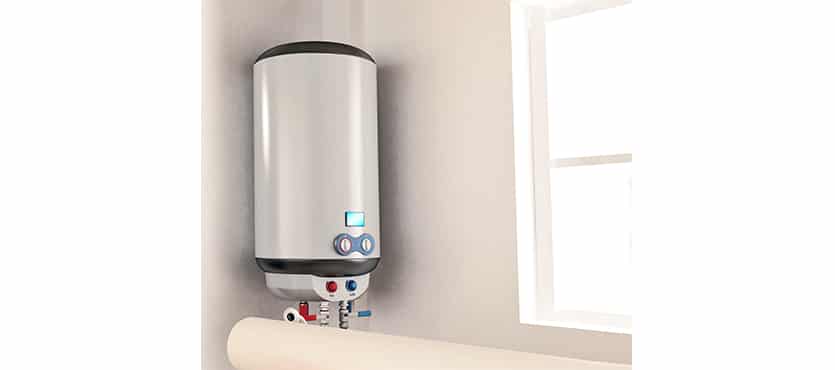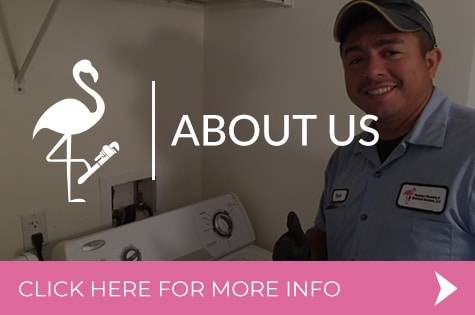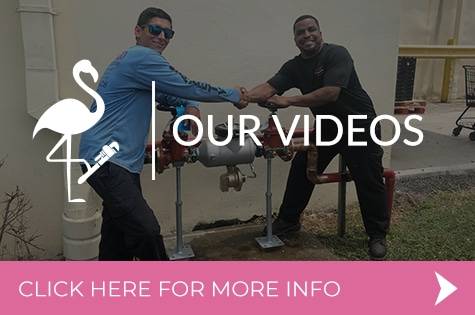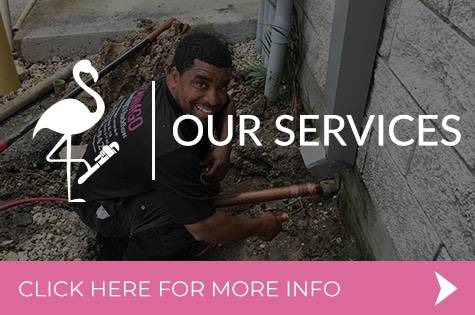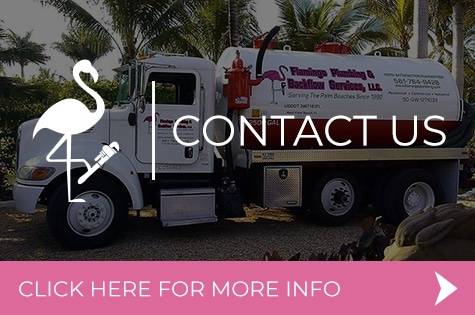Are you tired of running out of hot water in the middle of your shower? Say goodbye to cold showers and hello to the convenience of a tankless water heater. Tankless water heaters are an excellent investment for any home, providing continuous hot water on demand.
However, like any other appliance, they require regular maintenance to function at their best. In this blog post, we’ll share 8 helpful tips for tankless water heater maintenance so you can enjoy hot showers and savings for years to come!
Flushing the System
To maintain optimal performance, it’s crucial to flush your tankless water heater annually. Sediment and mineral deposits can build up over time, hindering its efficiency. Follow the manufacturer’s instructions to flush the system and remove any accumulated debris safely. Flushing will help prevent clogs, extend the lifespan of your unit, and ensure consistent hot water flow.
Checking the Pressure Relief Valve
The pressure relief valve is a safety feature that releases excess pressure from the tankless water heater. Inspecting this valve regularly is important to ensure it’s functioning correctly. Locate the valve and gently lift the lever to release a small amount of water. If it doesn’t open or if water continues to flow after releasing the lever, it may be time to replace the valve. Consult your user manual or contact a professional for assistance.
Inspecting the Venting System
Proper ventilation is crucial for tankless water heater maintenance, as they produces exhaust gases during operation. Inspect the venting system for obstructions or damage, such as debris or bird nests. Ensure that the vent pipe is securely attached and free from leaks. If you notice any issues with the venting system, contact a qualified technician to address the problem promptly.
Checking the Water Inlet Filter
Tankless water heaters often come equipped with a water inlet filter to prevent sediment and debris entering the unit. Regularly inspect and clean the filter to maintain optimal performance. Follow the manufacturer’s instructions for removing and cleaning the filter. A clogged or dirty filter can restrict water flow and reduce the efficiency of your water heater.
Monitoring the Temperature Settings
Check the temperature settings on your tankless water heater to ensure they’re properly calibrated. Incorrect settings can result in water that’s either too hot or not hot enough. Most units allow you to adjust the temperature using a control panel. Consult your user manual for instructions on how to set the desired temperature. Remember, it’s important to strike a balance between comfort and energy efficiency.
Regular Inspections by a Professional
While there are several maintenance tasks you can handle on your own, it’s recommended to have your tankless water heater professionally inspected at least once a year. A qualified technician can assess the overall condition of your unit, identify any potential issues, and perform necessary repairs or maintenance. Professional inspections help ensure the long-term reliability and efficiency of your tankless water heater.
Regularly Clean Exterior Components
In addition to the internal maintenance, it’s important to keep the exterior components of your tankless water heater clean. Dust, dirt, and debris can accumulate on the unit, affecting its performance and efficiency. Use a soft cloth or brush to gently clean the exterior surfaces. Avoid using harsh chemicals or abrasive materials that may damage the unit. A clean and well-maintained exterior will not only enhance the appearance of your water heater but also contribute to its longevity.
Consider Water Softening
If you live in an area with hard water, mineral deposits can accumulate more rapidly in your tankless water heater. Consider installing a water softener to reduce the mineral content in your water. Softening the water can minimize scale buildup, prolong the lifespan of your unit, and maintain its efficiency over time. Consult a water treatment professional like Flamingo Plumbing & Backflow Services to determine the appropriate water softening system for your needs.

